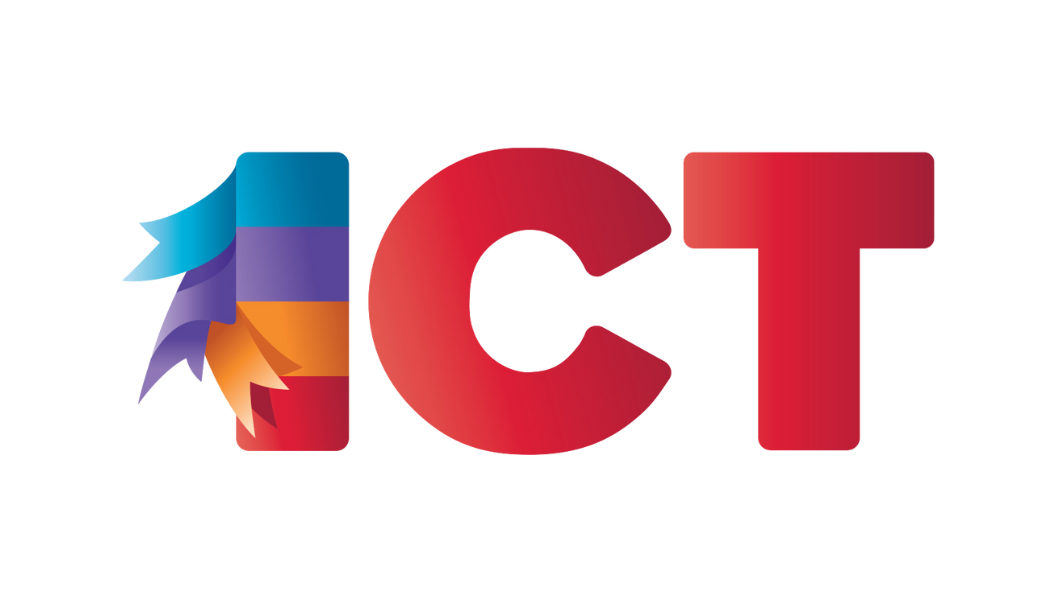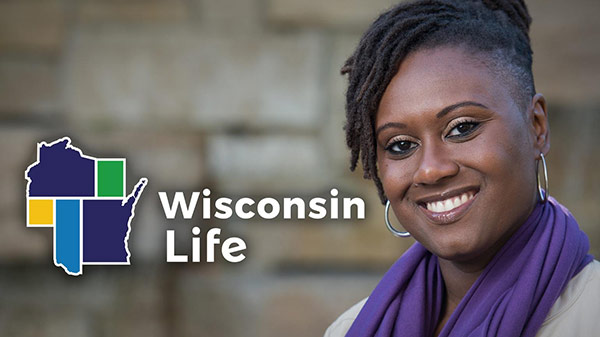Tribal universities prepare for deep cuts to federal funding
Lac Courte Oreilles Ojibwe University in Hayward focuses on educating new generations of Indigenous college students, and is facing massive funding cuts under a Trump administration budget proposal.
By Erica Ayisi | Here & Now, ICT News
September 12, 2025 • Northern Region
Lac Courtre Oreilles Ojibwe University faces funding cuts under a Trump budget proposal.

This report is in collaboration with our partners at ICT, formerly Indian Country Today.
Oscar Reo is a freshman education major at the Lac Courte Oreilles Ojibwe University in Hayward. He’s also an enrolled member of Sault Ste. Marie Tribe of Chippewa Indians in Michigan. After college Reo wants to teach Ojibwe — a Native American language.
“I think I’ll get there pretty quickly here. There’s a lot of people that are good teachers and a lot of people that speak Ojibwe here,” Reo said.
Teachers, students and staff at tribal institutions like Lac Courte Oreilles Ojibwe University are facing a massive federal funding threat in October — under President Donald Trump’s 2026 budget proposal — leaving Reo’s educational goals ambiguous.
“I don’t know about my ability to continue, but I think there’s a lot of progress that’s trying to be made here, especially within the language program, that hopefully doesn’t get halted because of it,” Reo shared.
The Trump administration is requesting $22 million for postsecondary Indian education programs — compared to $191 million requested for 2025.
Karen Breit, interim president of Lac Courte Oreilles Ojibwe University, said federal funding is the university’s major operating resource.
“Over 80% of our funding comes from federal funds,” Breit said.
How will the university survive?
‘We’re working on different initiatives with our government on that side of generating different revenue for the institution,” she added.
Breit said the university is looking to the Lac Courte Oreilles Ojibwe tribal nation and their other donors for support —- but challenges with the U.S. Department of Education persist.
“Where the department administers our ability to access federal funds right now — we’re having some struggles with that,” Breit said.
They are also struggling to keep university staff on to address student-advisory jobs eliminated by the funding cuts — like academic coaches.
“The institution is working to figure out a plan to keep some of the coaches with us so that they can continue to do the work,” Breit explained.
She said an increase in credit hours for Pell Grant eligibility could affect half of the student population who also work part-time.
“Increasing that requirement would really have a huge impact on their ability to afford school,” Breit explained.
About 70% of the students at the university are Native American. The United States has a federal trust responsibility through treaties to provide support for Native Americans in exchange for their land.
“It is an obligation, it is in the treaties, it is in writing and a promise that was made,” Breit said, “and education is part of that promise.”
With the Trump administration aiming to cut at least 80% of funding to the Bureau of Indian Education for 2026, the impact will be felt on campus and in the surrounding community.
“Tribal communities are often in rural areas, remote areas of the country, and so having access to higher education within your home community is tremendous for tribal people,” Breit said.
A U.S. House appropriations subcommittee approved $1.5 billion for the Bureau of Indian Education in July. However, those funds were not specified for tribal colleges and universities.
As students begin the 2025-26 academic year, a potentially massive federal funding reduction lurks in Congress.
“They’re trying to start new programs and hire new teachers and everything,” Reo said, “and hopefully that doesn’t get messed with.”
This report is in collaboration with our partners at ICT.
 Passport
Passport











Follow Us